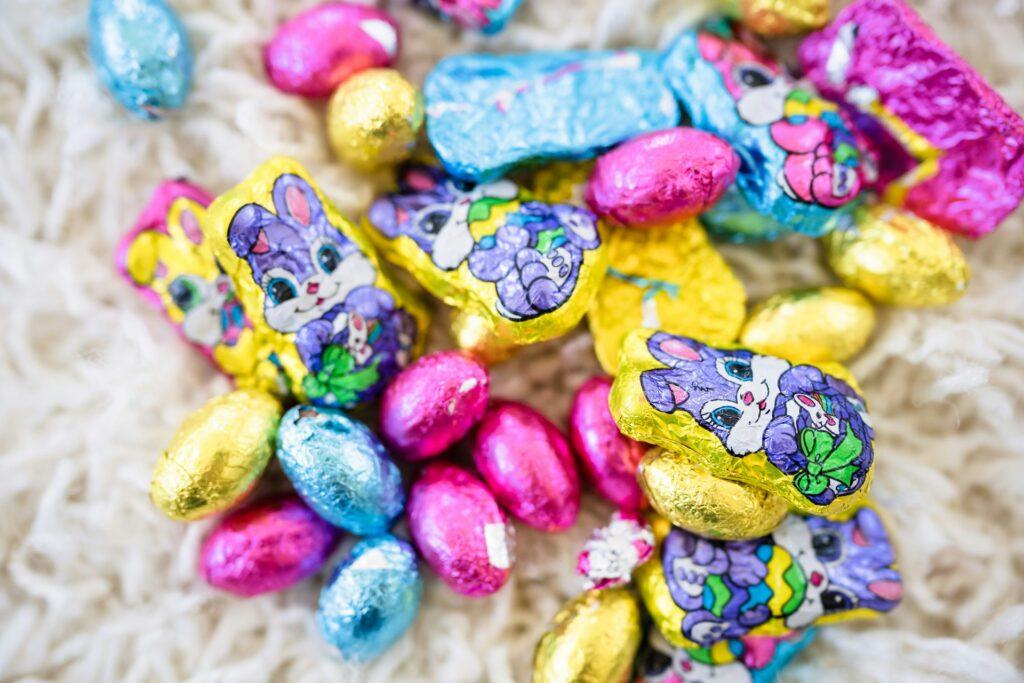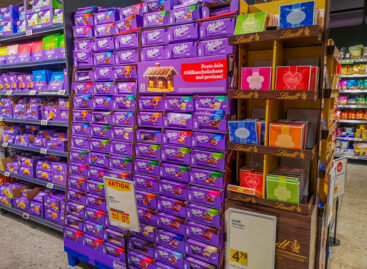Hidden pitfalls of Easter chocolate shopping: 3 warning signs to watch out for
As Easter approaches, store shelves are filled with colorful chocolate bunnies and eggs – and it’s no coincidence that this is the second-largest chocolate-consuming season of the year after Halloween. However, nostalgic experiences can turn into disappointment if we bring home poor-quality sweets. According to experts, we can easily filter out inferior products based on a few simple signs – and it doesn’t hurt to take a close look at the ingredients list. – points out the article in Pénzcentrum.
1. Pay attention to the appearance and smell
Quality chocolate can be revealed by its appearance. According to Bill Brown, founder of William Dean Chocolates, “a matte, opaque, soft texture can be a sign of improper tempering or poor quality.” In contrast, good chocolate is shiny, almost shiny, and has a crunchy, silky texture when bitten.
The color can also be a telltale sign: bright pink or red hues can be a sign of red dye number 3, which has already been banned by the US FDA but is still in a phase-out period until 2027. Ron Sweetser, an expert at Dandelion Chocolates, also suggests a simple test: “Smell it — it should smell like chocolate, not just sweet.”
2. Look at the ingredients
Real chocolate doesn’t need a long list of ingredients. According to Denise Castronovo, owner of Castronovo Chocolate, good dark chocolate needs two things: cocoa and sugar. Even milk chocolate can have up to four main ingredients: cocoa, sugar, cocoa butter, and milk. White chocolate doesn’t even contain cocoa mass, just cocoa butter, sugar, milk, and possibly real vanilla.
If sugar, sweetener, or palm oil are at the top of the list, that’s a sure sign of poor quality. Erica Gilmour, founder of Hummingbird Chocolate, warns: “If the first or second ingredient is not cocoa but sugar, the product probably doesn’t contain much chocolate.”
3. Suspicious cheapness? Be suspicious!
While a high price doesn’t always mean high quality, chocolate that is too cheap almost certainly hides compromises. Historically high cocoa prices have forced manufacturers to raise their prices – so if a product is noticeably cheap, it is probably made with low-quality fillers. Gilmour sums it up this way: “Very cheap chocolate is never good quality.”
Substances often found in mass-market products – such as vanillin (a synthetic vanilla substitute), paraffin (a wax), or palm oil – not only reduce the taste experience, but also raise questions as a food.
Visszajelzés küldése
Related news
The heritage of flavors, tradition and innovation – Stühmer’s story that sweetened Hungary
🎧 Hallgasd a cikket: Lejátszás Szünet Folytatás Leállítás Nyelv: Auto…
Read more >Barry Callebaut develops new chocolate recipes using AI
🎧 Hallgasd a cikket: Lejátszás Szünet Folytatás Leállítás Nyelv: Auto…
Read more >Price Battle Around Milka Chocolate in Germany
🎧 Hallgasd a cikket: Lejátszás Szünet Folytatás Leállítás Nyelv: Auto…
Read more >Related news
Challenges of the retail sector: retail has become more crisis-resistant
🎧 Hallgasd a cikket: Lejátszás Szünet Folytatás Leállítás Nyelv: Auto…
Read more >How to avoid the hassles of online shopping?
🎧 Hallgasd a cikket: Lejátszás Szünet Folytatás Leállítás Nyelv: Auto…
Read more >It’s time for company Christmas parties: a waste of money or a good party?
🎧 Hallgasd a cikket: Lejátszás Szünet Folytatás Leállítás Nyelv: Auto…
Read more >








